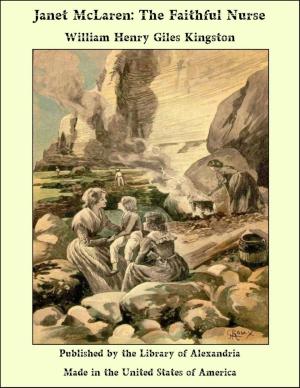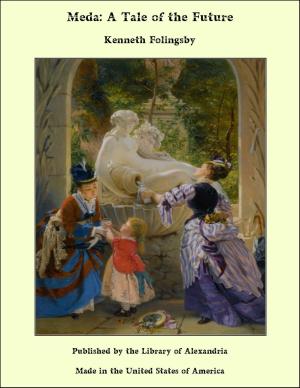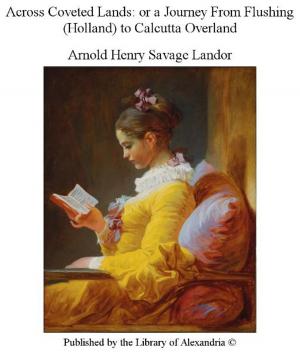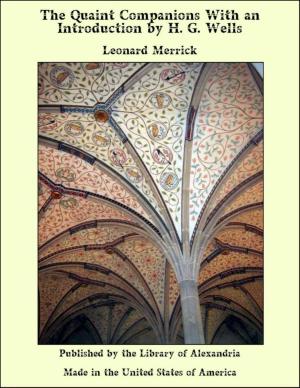The Woman Gives: A Story of Regeneration
Nonfiction, Religion & Spirituality, New Age, History, Fiction & Literature| Author: | Owen Johnson | ISBN: | 9781465603012 |
| Publisher: | Library of Alexandria | Publication: | March 8, 2015 |
| Imprint: | Language: | English |
| Author: | Owen Johnson |
| ISBN: | 9781465603012 |
| Publisher: | Library of Alexandria |
| Publication: | March 8, 2015 |
| Imprint: | |
| Language: | English |
Teagan’s Arcade stood, and in the slow upward progress of the city it may still stand, at that intersection of Broadway and Columbus Avenue, where the grumbling subway and the roaring elevated meet at Lincoln Square. It covered a block, bisected by an arcade and rising six capacious stories in the form of an enormous H. On Broadway, the glass front was given over to shops and offices of all descriptions, while in the back stretches of the top stories, artists, sculptors, students, and illustrators had their studios alongside of mediums, dentists, curious business offices, and derelicts of all description. The square was a churning meeting of contending human tides. The Italians had installed their fruit shops and their groceries; the French their florists and their delicatessen shops; the Jews their clothing bazaars; the Germans their jewelers and their shoe stores; the Irish their saloons and their restaurants, while from Healy’s, one of the most remarkable meeting-grounds in the city, they dominated the neighborhood. The Arcade, which had stood like a great glass barn, waiting the inevitable stone advance of reconstruction, looked down on this rushing stream of all nations, while occasionally from the mixed races outside, swimming on the current of the avenue, a bit of human débris was washed up and found its lodging. It was a bit of the Orient—the flotsam and jetsam of Hong Kong and Singapore in the heart of New York. It was a place where no questions were asked and no advice permitted; where if you found a man wandering in the long, drafty corridors you piloted him to his room and put him to bed and did not seek to reform him in the morning. This was its etiquette. There were the young and unafraid, who were coming up blithely, and the old and tired, who were going down, and it was understood that those who were bent on their own destruction should do it in their own chosen way—a place where souls in hunger and souls in despair met momentarily and passed.
Teagan’s Arcade stood, and in the slow upward progress of the city it may still stand, at that intersection of Broadway and Columbus Avenue, where the grumbling subway and the roaring elevated meet at Lincoln Square. It covered a block, bisected by an arcade and rising six capacious stories in the form of an enormous H. On Broadway, the glass front was given over to shops and offices of all descriptions, while in the back stretches of the top stories, artists, sculptors, students, and illustrators had their studios alongside of mediums, dentists, curious business offices, and derelicts of all description. The square was a churning meeting of contending human tides. The Italians had installed their fruit shops and their groceries; the French their florists and their delicatessen shops; the Jews their clothing bazaars; the Germans their jewelers and their shoe stores; the Irish their saloons and their restaurants, while from Healy’s, one of the most remarkable meeting-grounds in the city, they dominated the neighborhood. The Arcade, which had stood like a great glass barn, waiting the inevitable stone advance of reconstruction, looked down on this rushing stream of all nations, while occasionally from the mixed races outside, swimming on the current of the avenue, a bit of human débris was washed up and found its lodging. It was a bit of the Orient—the flotsam and jetsam of Hong Kong and Singapore in the heart of New York. It was a place where no questions were asked and no advice permitted; where if you found a man wandering in the long, drafty corridors you piloted him to his room and put him to bed and did not seek to reform him in the morning. This was its etiquette. There were the young and unafraid, who were coming up blithely, and the old and tired, who were going down, and it was understood that those who were bent on their own destruction should do it in their own chosen way—a place where souls in hunger and souls in despair met momentarily and passed.















